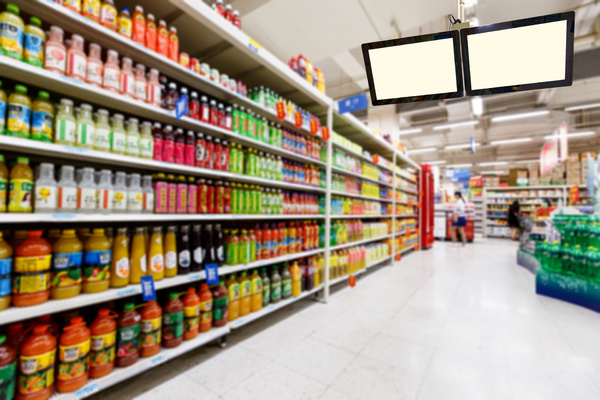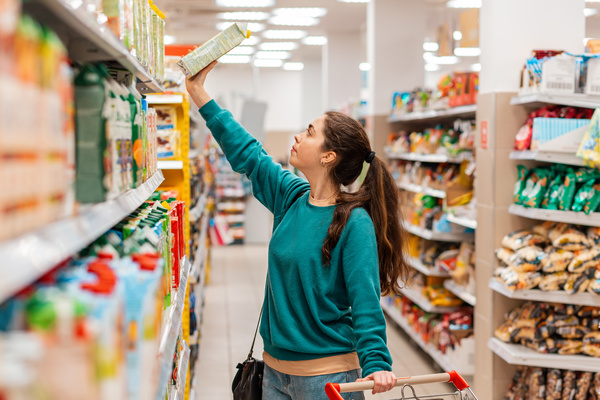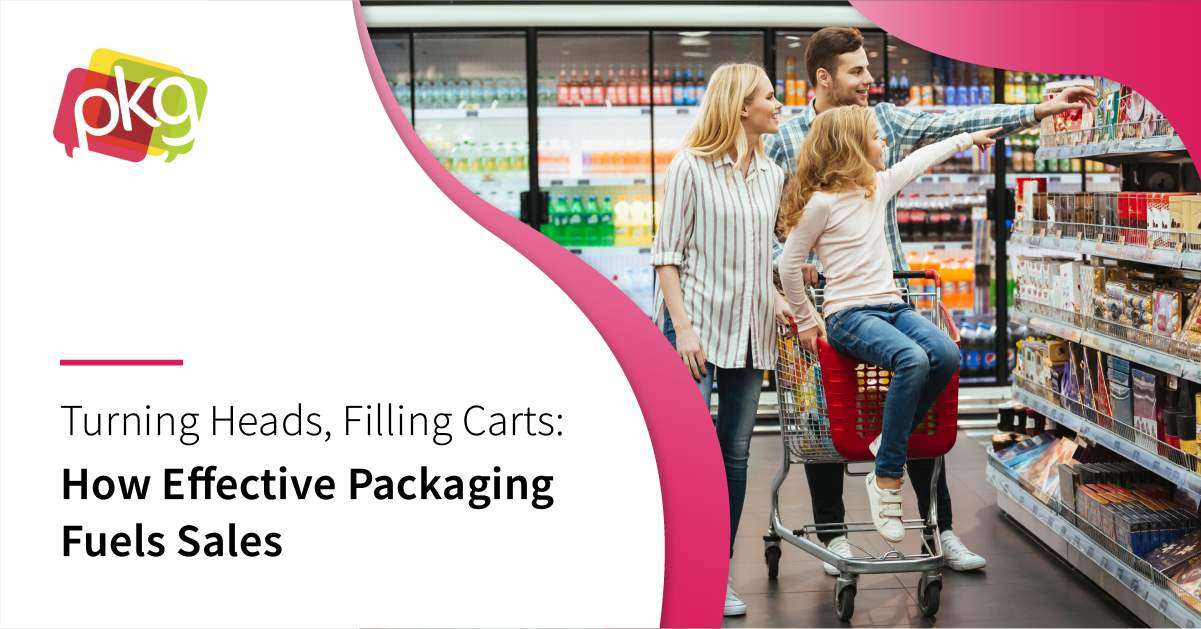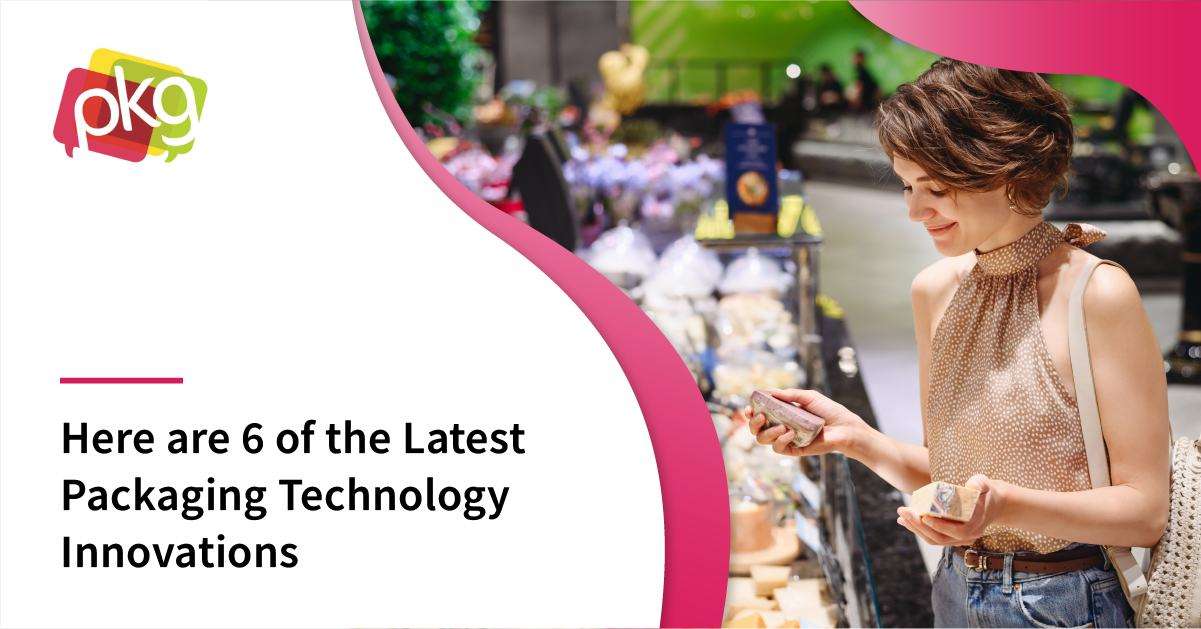
High-pressure products (HPP) juice is considered a specialized product. Because of this, the verbiage you use on your labels is essential.
The Food and Drug Administration (FDA) provides strict requirements for labels on these products. If your brand sells HPP juice, you need to know the rules for creating the labels that go on your CPG packaging.
Understanding HPP
The HPP process preserves the juice through a cold pasteurization technique. The products typically have a longer shelf life, which helps them retain vitamin and mineral efficacy. This also reduces waste and the materials needed to package them.
Research shows clean label trends are on the rise. By 2022, annual sales of HPP products will be half a billion dollars.
Selling HPP products enables you to increase product reach and distribution. Since HPP juice is fresh, it provides natural benefits that help restore and main good health. Reflecting this on your CPG packaging shows your dedication to offering the healthy products consumers want.
Marketing Your HPP Juice
How you market your HPP juice on your CPG packaging matters. Consumers who want only fresh products need to know yours are the real thing.
Your labels should accurately depict what’s in your juice and how it was made. This helps customers make the right purchasing decisions and increases brand trust and loyalty.

Learning the Trends
Consumers want foods with minimal processing. This trend toward clean labeling is driving HPP products.
Customers are choosing healthy products such as juices, smoothies, and fruit-infused waters. HPP bottled waters are also popular.
Other HPP categories include:
- Cold-brew coffees
- Carbonated drinks
- Lassi
- Teas
- Kombucha
- Coconut water
The HPP juice market is growing fast. Research revealed 23% of people living in the United States drink juice daily. This number is expected to continue increasing as HPP products become more popular.
Consumers want raw products that enhance the juice flavors. These juices taste more authentic because they are.
HPP provides that raw drink customers crave minus harmful chemicals. The lack of preservatives makes it safe to drink.
Adhering to the Rules
The FDA provides rules for labeling HPP juices. They require specific information. Include these details on all CPG packaging containing HPP juice products.
- Include the name and address of the kitchen where the juice is produced. The FDA Food Labeling Guide provides all the details.
- List all ingredients the juice contains in descending order of importance according to their weight. Small businesses are exempt from labeling nutritional information.
- Include the total percentage of juice the product contains. If you use a nutrition label, add this information near the top of the information panel. If an information panel is not included on your juice bottle, place the juice percentage on the front label.
- Include a disclaimer for nut allergies. It should read: "This product was processed in a facility that also processes peanuts."
E-commerce consumers are buying HPP products online. They pay attention to labels to determine if products meet their personal health stipulations. Clearly labeled CPG packaging will increase sales and promote your brand.
PKG Brand Design is always on the forefront of new CPG branding and packaging initiatives; please subscribe to our blog for the latest package design industry news!







